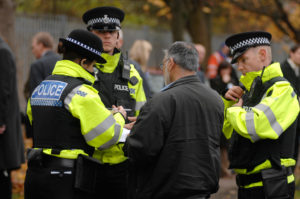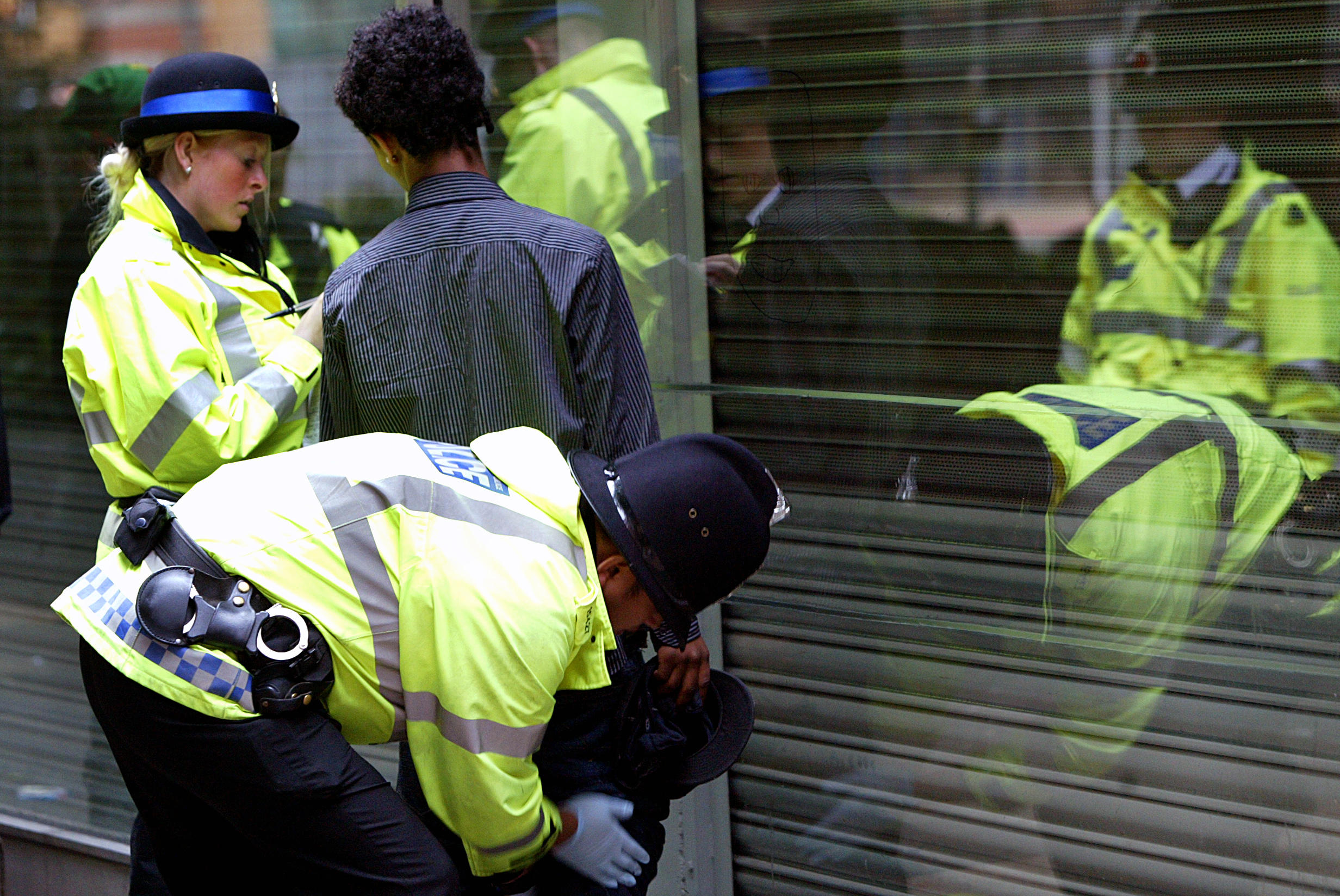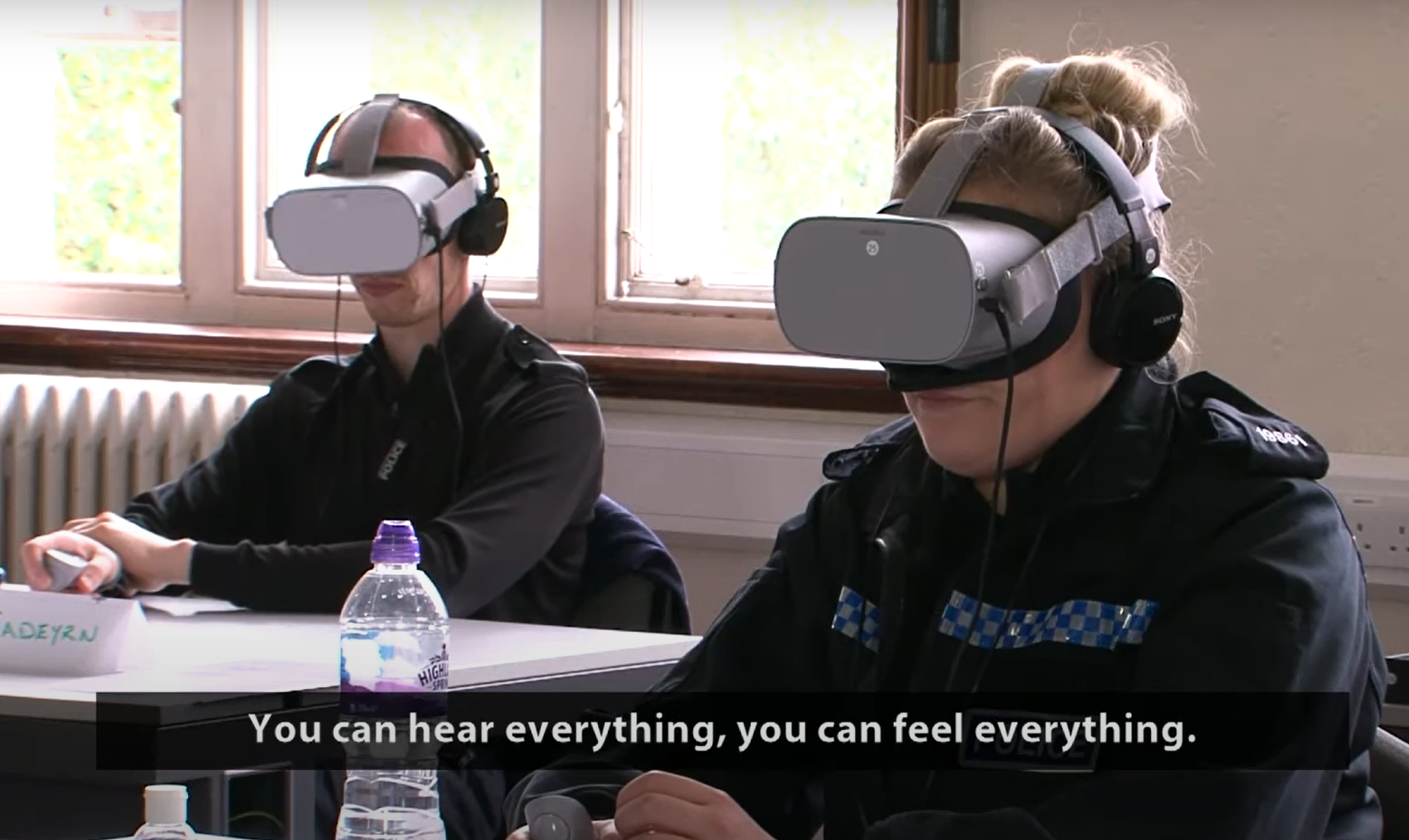Victims ‘being failed’ as police resolve fewer hate crimes in 2020 than 2015 despite reports doubling
Published on 07 October 2021

Hate crime 'not taken seriously' by police, say victims and charities
Reports Mirren Gidda and Aaron Walawalkar, Liberty Investigates journalists; and Fiona Hamilton, Crime and Security Editor of the Times. Edited by Eleanor Rose, Liberty Investigates editor.



